AO Edited
Gastro Obscura
Cornhenge
The inventor of a number of hybrid corn species is immortalized with a field of giant corn.
Corn stalks are notoriously tall but the ears themselves were never as tall as a human being until the construction of the public art display in the Columbus, Ohio suburb of Dublin.
Commissioned by the Dublin Arts Council and completed in 1994, Field of Corn (with Osage Oranges Trees) consists of 109 six-foot, white ears of concrete corn that sprout right from the ground just off the highway. It was designed by artist Malcolm Cochran, a professor of sculpture at the Ohio State University. Molds taken of three original sculptures were used to cast ears which were then rotated to provide a variety of angles so each cob appears unique to the observer. Casting was done at Cooke & Ingle, Co., Dalton, Georgia, (now Metromont Corporation). Each 1,500-pound cob was shipped to Ohio in four truckloads.
The installation sits on a former cornfield that was worked by farmer Sam Frantz. Frantz worked with The Ohio State University on the creation of several species of hybrid corn. The sculptures were specifically modeled to look like the Corn Belt Dent Corn varietal. While the work is meant to honor both Frantz and Ohio’s rich agricultural past, at first many locals saw the food-shaped concrete as nothing more than an ironic joke: tax dollars spent to honor food farmers ending up creating inedible food.
However as time went on, the field of concrete ears has become something of a town icon. Locals have held weddings in the field, nearby office workers visit in the winter to play in the snow among the strange sculptures and most of Dublin now embraces the installation.
There is also a deeper symbolism in the corn. As artist Malcolm Cochran put it, “There is a serious side to the work as well: My choice of white concrete was deliberate to mimic, in a subliminal way, the rows of crosses in Arlington National Cemetery. It is ultimately a memorial to agriculture and, by extension, to a way of life and regional identity that has been replaced by corporate office complexes and housing developments. Five bronze plaques trace the history of land use at the site, from Native American time to the present.”
Central-Ohioans frequently refer to the work as the Cement Corn (or “See-ment” Corn depending on your pronunciation) and is visited by residents of Dublin and out-of-towners alike, all drawn to that weird field of cement corn in Dublin.
Community Contributors
Added by
Edited by
Plan Your Trip
The Atlas Obscura Podcast is Back!



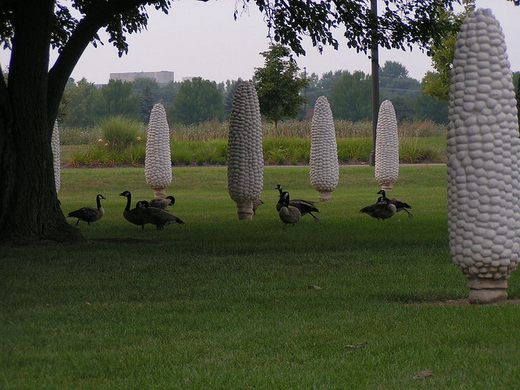



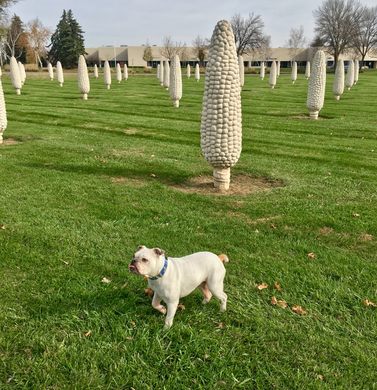

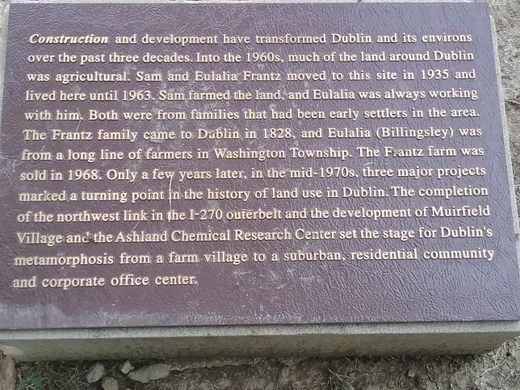
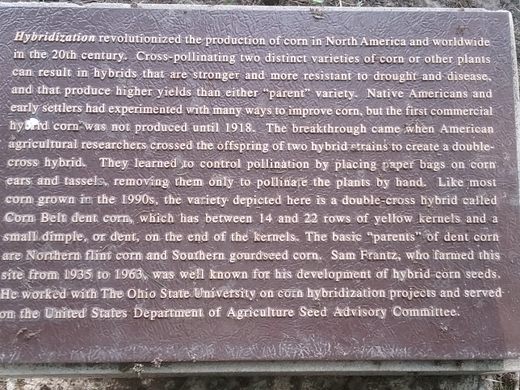

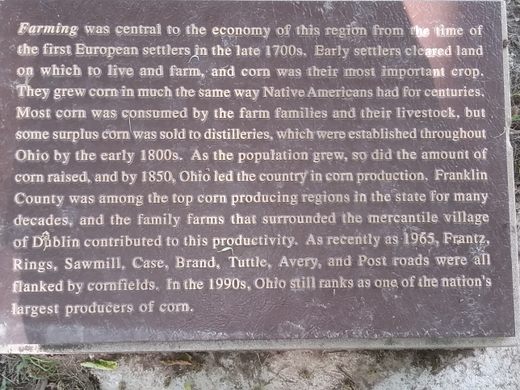
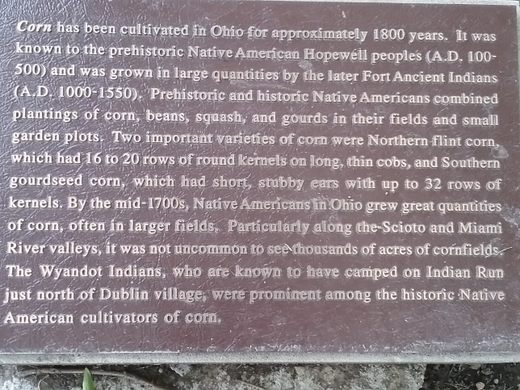
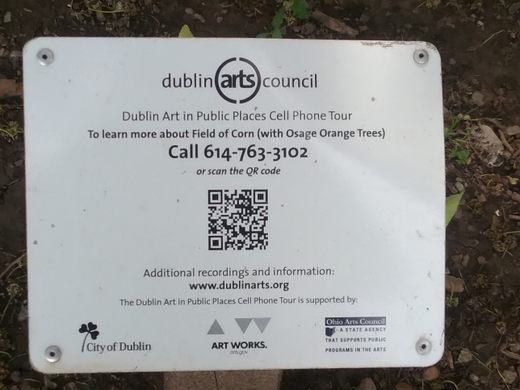



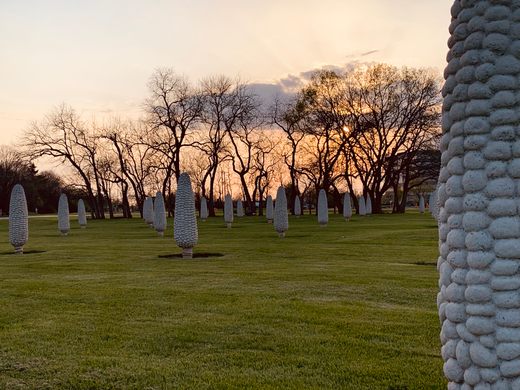

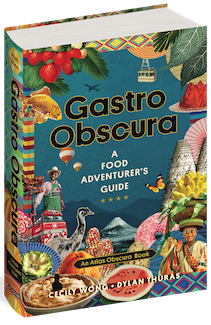













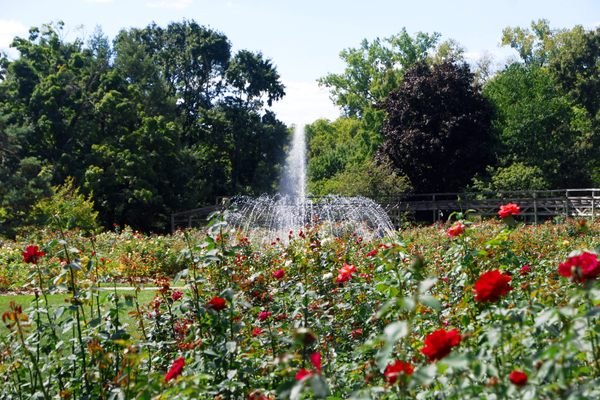
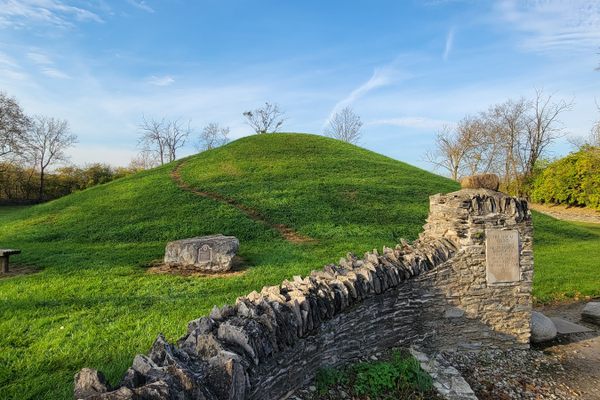






Follow us on Twitter to get the latest on the world's hidden wonders.
Like us on Facebook to get the latest on the world's hidden wonders.
Follow us on Twitter Like us on Facebook